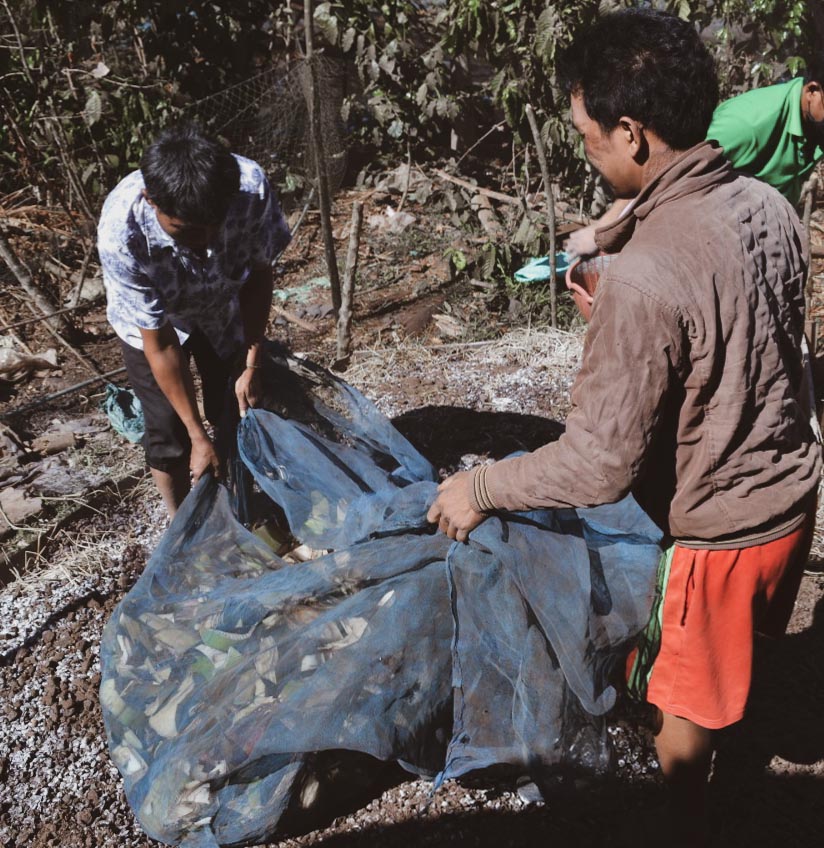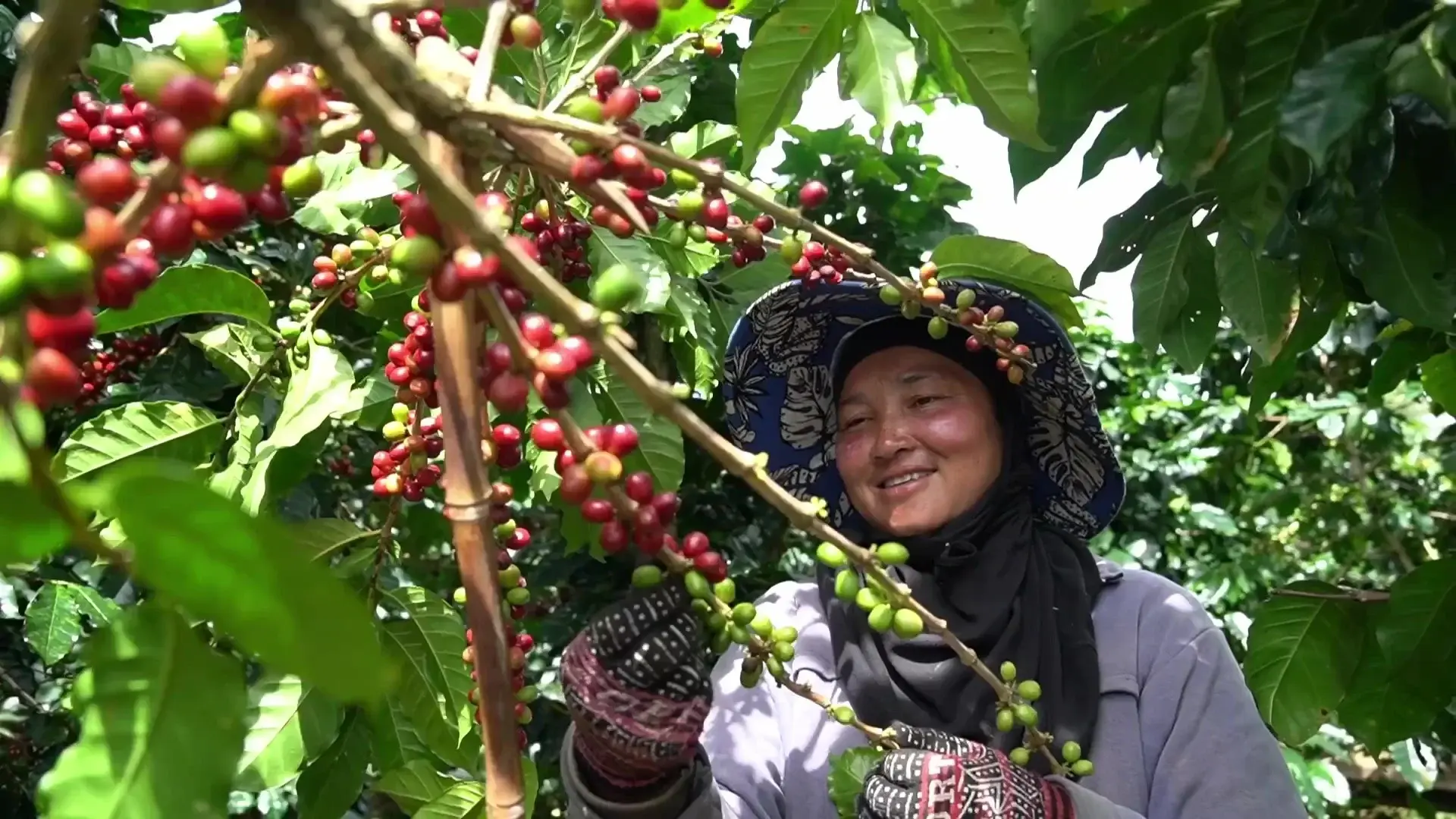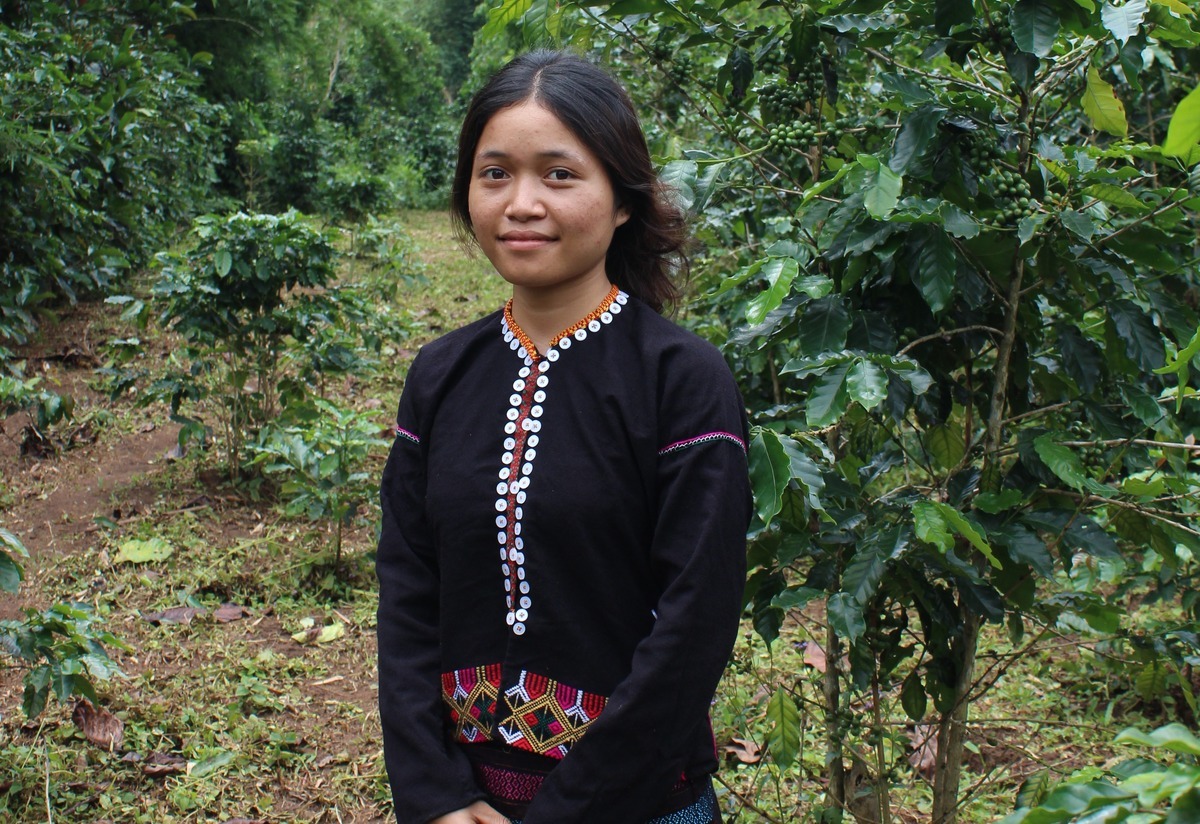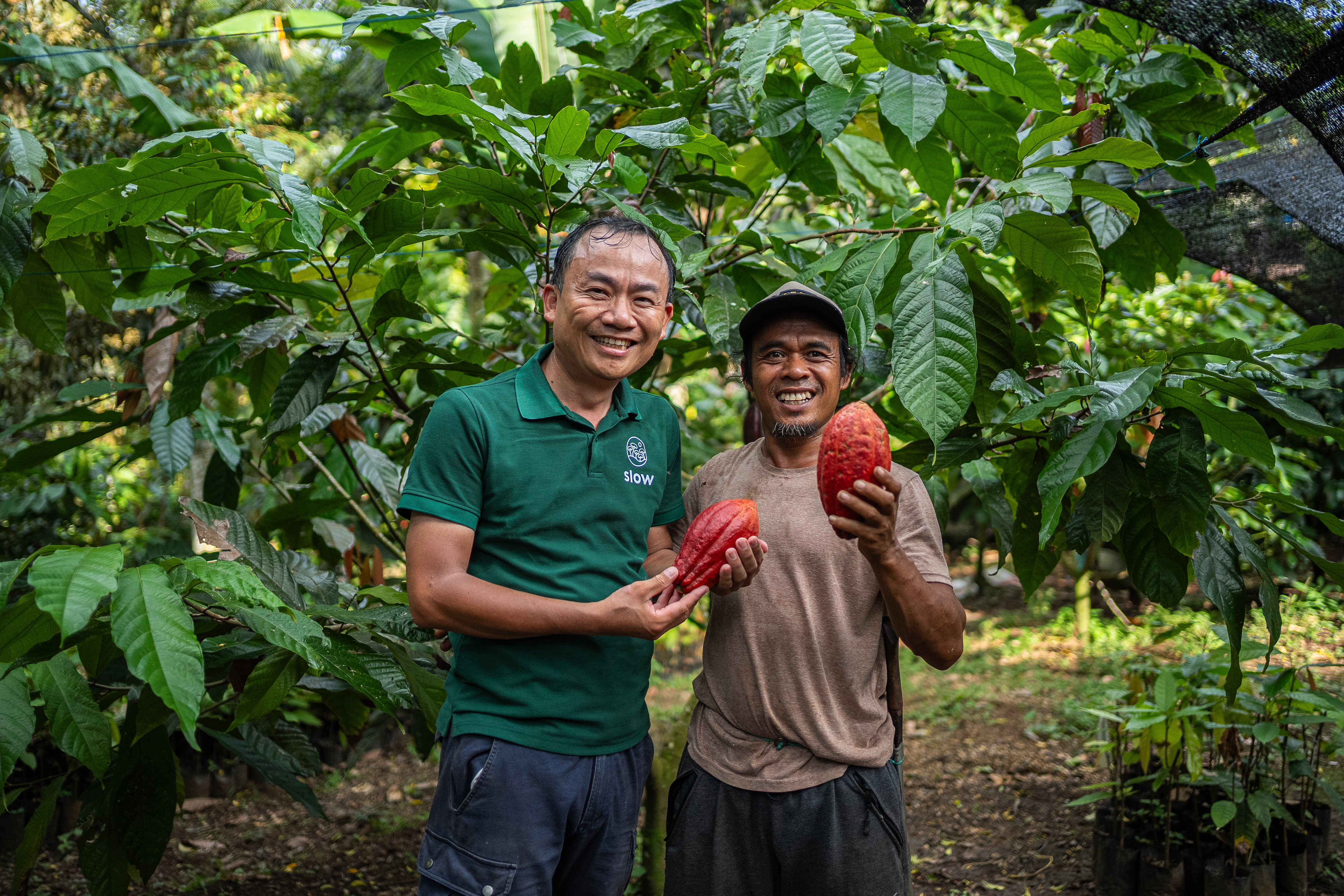What happens when coffee meets a forest?
Climate pressures are rising. In one Vietnamese coffee region, farmers are turning to agroforestry to secure yields, restore soils, and keep supply...
This initiative calls for 30% of land to be conserved and restored by year 2030 to safeguard biodiversity, mitigate climate change and ensure a sustainable future for our planet.
While this goal may seem far-reaching, every action—no matter how small—can contribute to achieving it. One such action? The choices we make as consumers, including how we enjoy our daily coffee.
The 30 by 2030 target is a bold conservation goal aimed at protecting and restoring 30% of the world's land and marine areas by 2030. It builds on the understanding that ecosystems are vital for regulating the climate, supporting biodiversity and ensuring the availability of resources like clean water and food.
To achieve this, governments, businesses and individuals alike need to take action by adopting sustainable practices and supporting initiatives that help protect natural habitats.
Coffee consumption, one of the world's most popular beverages, can seem disconnected from global conservation efforts. But the reality is that the coffee industry plays a significant role in both environmental degradation and conservation.
The way coffee is grown, processed and consumed has a direct impact on ecosystems. From deforestation caused by monoculture farming to regenerative agricultural practices that restore soil and biodiversity, the choices made along the coffee supply chain can either contribute to or hinder the 30 by 2030 goal.
Here's how your coffee consumption can support this critical target:
Some coffee farms go beyond conventional methods, restoring biodiversity, protecting water resources and regenerating soil health. By supporting these practices—such as agroforestry and natural pest management—you help promote a farming model that is committed to long-term sustainability, ecosystem health and positive climate impact.

Coffee grown under natural shade helps preserve ecosystems, providing habitat for wildlife, reducing soil erosion and enriching soil quality. Shade-grown coffee can also enhance local biodiversity, offering a farming model that protects native plants and animals, fostering a thriving environment.

Certifications like Rainforest Alliance and Fair Trade promote farming methods that protect natural areas and respect both the environment and farming communities. By selecting certified coffees, you help promote better land-use practices that limit deforestation and preserve biodiversity.

Every stage of the coffee process—from growing to brewing— has a footprint. Making only what you need and finding uses for coffee grounds, like composting, can reduce waste and lessen the industry's overall environmental impact. Small choices add up and can contribute to a more sustainable coffee culture that puts less strain on natural resources.

Many coffee brands invest directly in environmental restoration, from reforestation projects to local conservation efforts. By choosing brands with conservation-focused initiatives, you contribute to projects that actively work toward the "30 by 2030" target, helping protect land and biodiversity.


Climate pressures are rising. In one Vietnamese coffee region, farmers are turning to agroforestry to secure yields, restore soils, and keep supply...

Earth Day reminds us that change doesn't have to wait for sweeping policy or perfect systems. Often, it starts with something as simple—and as...

Big news from Slow. African Coffee Roasters is now part of the Slow family. And this isn’t just an acquisition—it’s a major step forward in how...